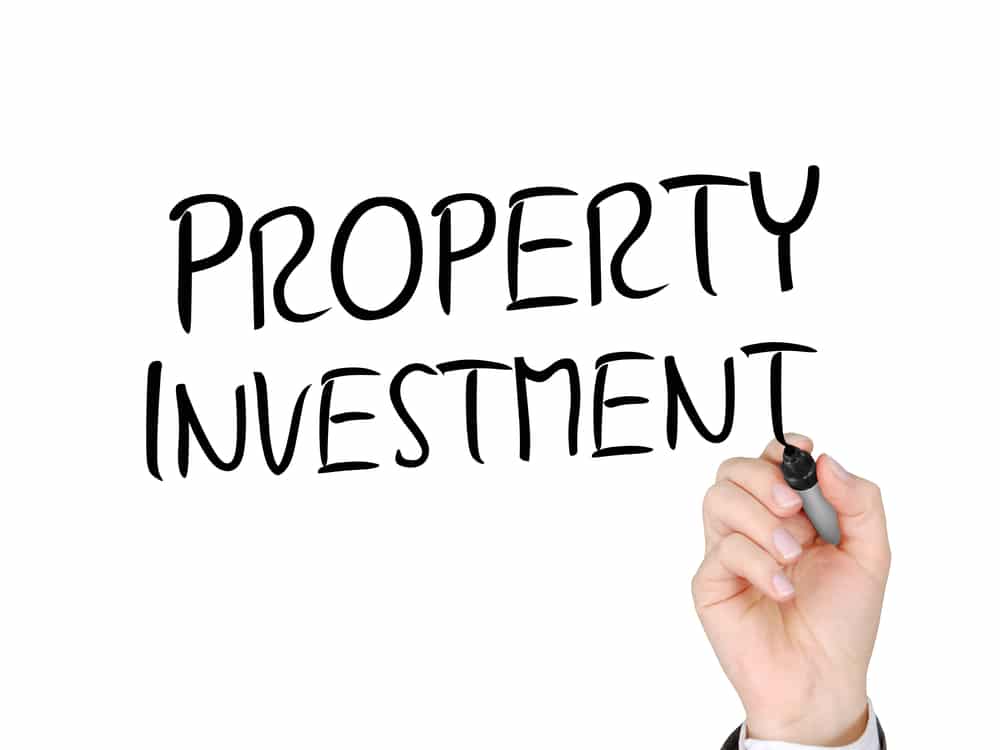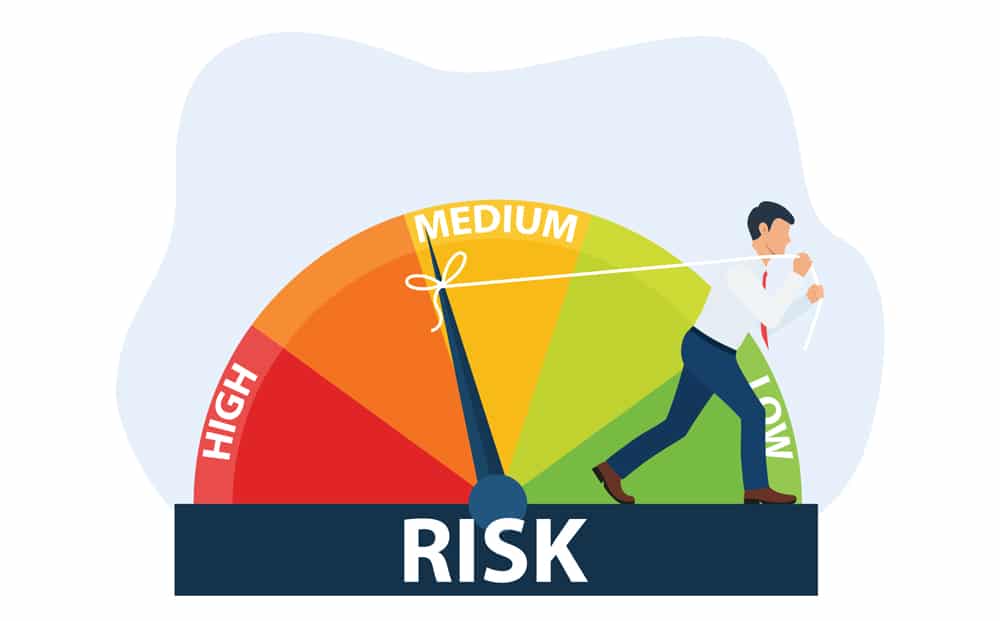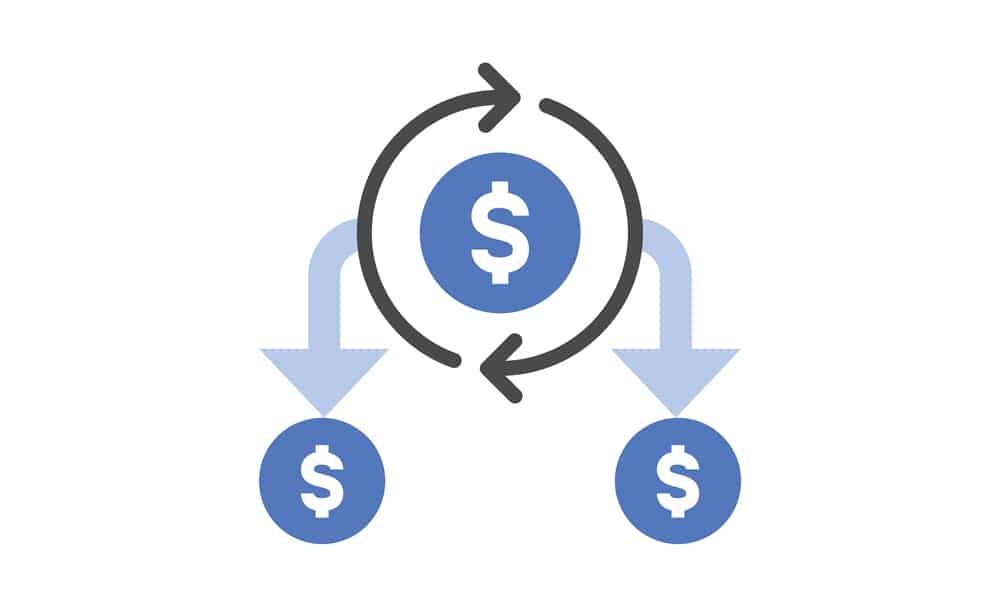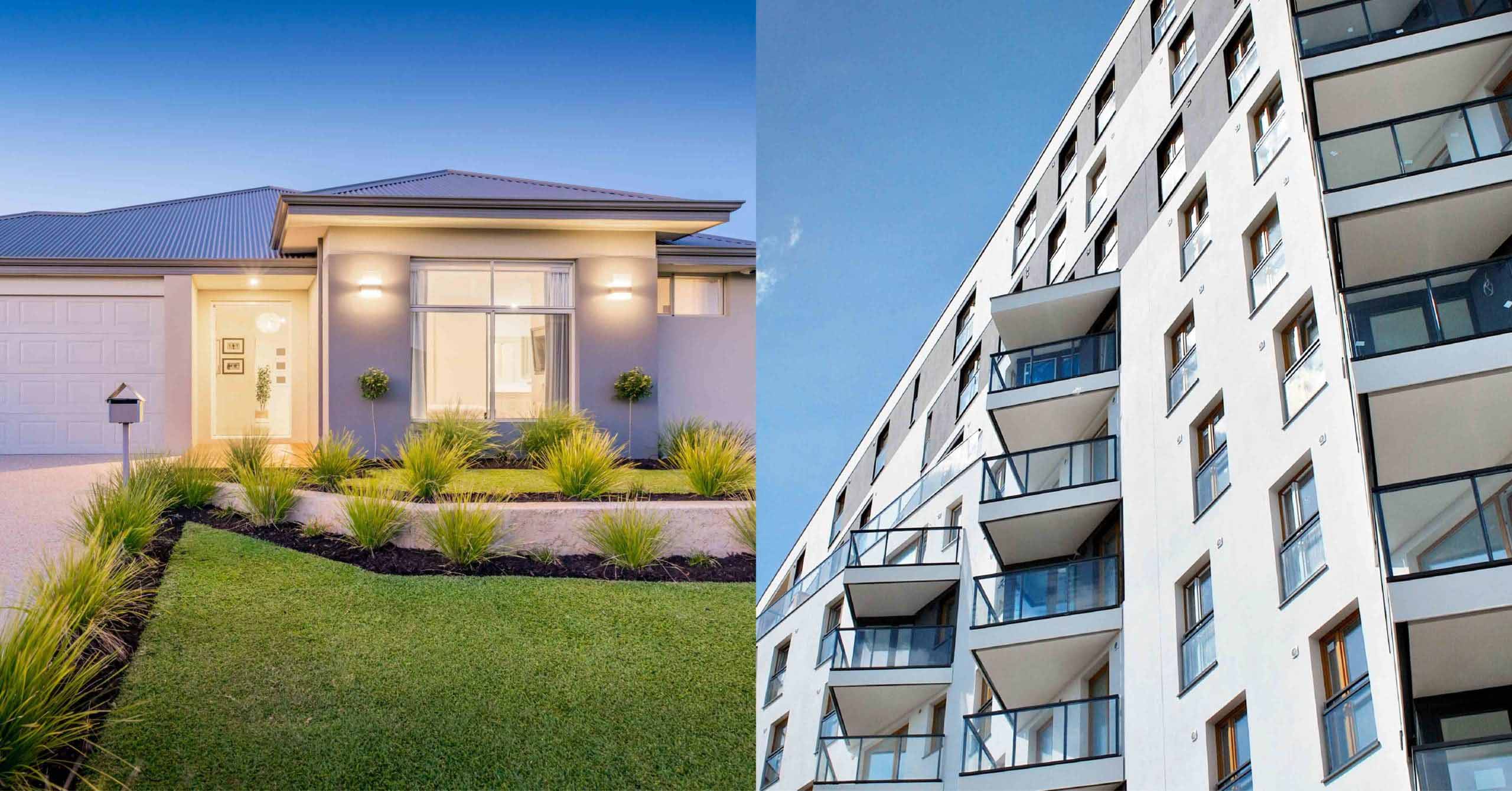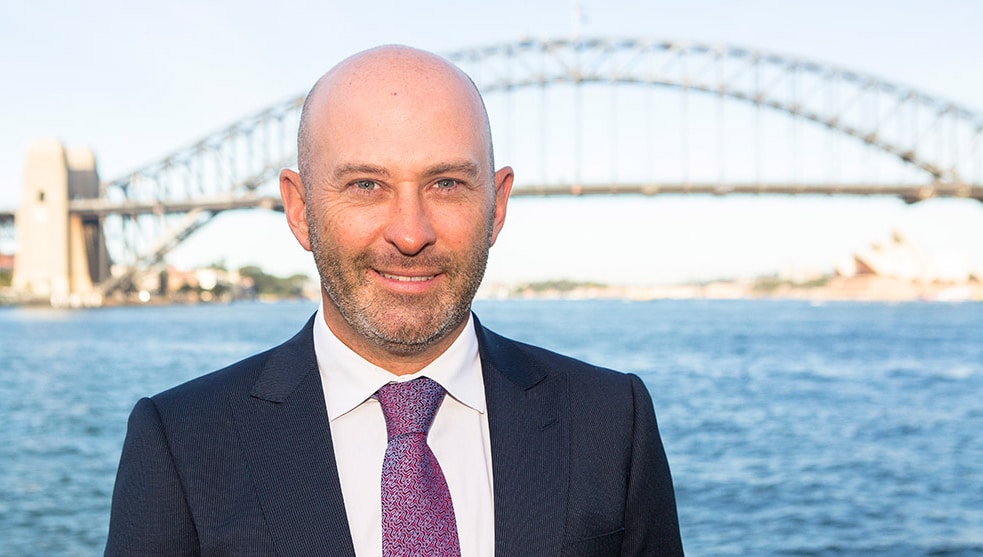
The Ultimate Location Rulebook For Buying Property
The words ‘location, location, location’ have long echoed throughout the Australian property market but what does it actually mean?
Sure, buying beach or waterside, or within 10kms of the CBD will not see you wrong – however, with the price of property continuing to soar, not everyone can afford to buy in such premium and primary locations anymore.
If this is you, then learning about how to buy in secondary markets is absolutely key.
Within any market – primary or secondary, there are indicators of the market’s ability to perform. When we understand what these market drivers are, we can organise our investment properties into locations that are primed for growth. You’ll also soon find that the ‘location, location, location’ phrase that real estate professionals love to talk about, is actually derived from more than just a post-code.
These buying factors are split up into two groups – macro drivers and mirco drivers.
Macro drivers tend to be more common and exist in a city to a state area and micro drivers tend to be seen more likely in suburbs or towns.
THE MACRO DRIVERS ARE:
Population growth, economics, demographics, infrastructure, yield variation and supply and demand.
Let’s break it down with some factual examples.
Population
By 2051 Australia’s population is set to increase to 40 million people according to the ABS. Today we are at 25 million people. With the world adding 60,000 new people every day and many wanting to migrate to Australia or New Zealand, it’s easy to see how real estate becomes valuable.
Economics
Economics is really linked to the employment market. Invest where there are jobs. The economy will always gather pace and then get jolted. Things will happen globally and locally. The major lesson to consider is to keep it simple. Invest near jobs such as big cities which have lots of industry.
Demographics
Demographics are fascinating because the trends are constantly evolving with time. For example, changes in household structures mean Australians have an increased desire to reside alone. The higher divorce rate puts pressure on the property market because mum and dad both need separate homes. And then there’s COVID which now sees more people working from home.
Infrastructure
Developers and governments spend billions of dollars on infrastructure each year. You will find the growth if you can locate the infrastructure. Be sure the infrastructure is real and forthcoming though, and not fictitious stories or fanciful hope. Check official government reports, in particular, state and local planning departments.
Yield Variation
This is a huge factor in the success of many areas. If yields are high, growth usually follows. Yield variation is an instrument to gauge future growth of markets because as the yields expand, growth will follow and compress closer to already expanded yields. The further the yield advances, the more likely that a growth expansion phase will follow. Simply remember this: “growth follows yields.”
Supply and Demand
Every suburb has different supply figures and future forecasts relating to supply. Try and not look at citywide figures. Dig deeper suburb by suburb to crack the code.
THE MICRO DRIVERS ARE:
The owners established benchmark, the new established benchmark, socio-economic, symbolic landmarks and the ripple effect. Let’s dig into it.
The Owners Established Benchmark
This is a great way of ensuring you are buying well in a suburb or town. Focus on the suburb and find benchmark sales and buy next to the newly created benchmark. In real estate, there is a phrase known as “Worst House, Best Street”. The owners established benchmark applies to this phrase. In other words, find a property that is literally a blank canvas in need of work i.e. the “worst house” and close to properties that have recently been purchased at higher amounts in value.
The New Established Benchmark
The real estate market often exposes investors to a mixture of new property and old property. Investors are often perplexed as to what to buy, new or old, and what variations exist accordingly. For example, if an old property in a micro market (suburb or town) is worth $200,000 and a comparable new property is worth $300,000, then the old property would be the better buy as the new established benchmark (NEB) variation is high at $100,000.
One could add value to the old property through renovation and extract a profit because of the high NEB variation. If the old property was $280,000 and the new similar property in the micro market is worth $300,000, then the NEB variation is low at $20,000.
The new property is the better buy, as the investor would not be able to add value through renovation to the old property to compete with the new property.
Symbolic Landmarks
When targeting a micro market for long-term growth, it’s often useful to consider symbolic reference. Symbolic landmarks are a unique suburb attribute that can add to the long term performance of the area and therefore the property.
Take a major hospital for example. Major hospitals are a huge strategic symbolic reference. They provide employment to thousands of people and are geographically planned to sustain growth. It’s not often that hospitals are closed down. Some hospitals are planned by state town planners to be around for hundreds of years. Buying close to symbolic references often means you get a steady stream of tenants and high yields. There are many unique symbolic landmarks that enormously affect the long term performance of a suburb or town as a micro market driver, such as beaches, universities, employment centres and transport hubs.
The Ripple Effect
The real estate ripple effect acts similar to a drop of water splashing into a still pond. The associated ripple then flows and creates movement in the marketplace.
Seeing the potential of an area and judging or timing a growth surge via the ripple effect requires sound research into a suburb and its similar surrounding areas. For example, if the average home price of Suburb A is $600,000, Suburb B homes 2kms away are averaging $400,000.
There is an instant variation evident in this example. The ripple variation is $100,000 per 1 km. By researching carefully what attributes Suburb A has compared to Suburb B, one will often find that the suburbs are comparable; one is simply closer to the city or has a more significant symbolic reference than the other.
Buyers soon respond to affordability (value) over proximity! Often a suburb can be targeted for gentrification after similar close-by suburbs have been revitalised. This means the ripple may be coming. Property investors can reap the benefits of this catalyst for property growth.
Socio-Economic
Socio-Economics is a key micro market driver and is a great way of understanding if a micro market (suburb or town) will grow. The easiest way to explain socio-economics is by the following equation:
Average Income versus Average House Price
If wages are high and house prices affordable, the property market can rise in value.
THE TIME TO INVEST IS NOW
All of these factors and more should be incorporated into your buying strategy.
Learn more by taking the first step and sign up for a free property investing night with Positive Real Estate. You’ll walk away with the confidence to make smart, informed decisions about your portfolio.
Recent Articles
Tips For Buying An Investment Property
Have you decided to take the property investment journey but are feeling clueless as to how to actually board the train? We’re going to give you our top five tips for buying an investment property in 2022 to help point you in the right direction!
Is Property Investment a Good Investment Asset for You?
Why is property investment a good investment? Why not invest in shares or bonds instead? Which investment is the most secure? If you’ve come to a crossroads in your life where you’re ready to start building your wealth but questions like these are bouncing around your head, then it’s time to sit down and start your education on investing.
Buying an Investment Property Before a First Home in Australia?
Owning property has always been part of the great Australian dream. A lot of people want a place to call their own, with stone benchtops, the latest appliances and a great entertaining deck out back. So, when interest rates hit a record low in the last couple of years and it suddenly started to cost the same to own as it does to rent, why wouldn’t you have just bit the bullet and bought your own home?
The Ins and Outs of Real Estate Risk Management
If you’re new to property investing, what is your risk profile and how do you plan to handle it? Real estate risk management is essential to quashing those all-encompassing fears that can follow investing…
Positive Cash Flow Property – Ultimate Guide 2023
If you want to become a superstar property investor and be on the path to financial freedom, then you’re going to need this guide to investing in positive cash flow properties! Investors that follow a positive cash flow strategy understand that living off passive income is the key to an early retirement – and the only way to do that is to make our money work for us, not against us.
House Vs Apartment Investment – Which Is Better?
These days property comes in all shapes and sizes, giving property investors more options than ever before. The question on everyone’s lips when it comes to the house vs apartment investment equation, is how do you truly know which is better?
The All Monies Mortgage Clause – What You Need To Know!
This article is about the all monies mortgage clause and how it can potentially affect your property investment. When you signed your bank loan agreement to secure funds for a mortgage, did your contract contain an all monies mortgage clause?
How You Can Be 3-7 Years Away From A Multi-Million Dollar Property Portfolio
Using real estate to become a successful property investor is underpinned by one very important philosophy – profits are better than wages. The goal of property investors in the market is to target optimistic returns. However, this does beg the question – if property investing is such a smart and lucrative profit making machine then why don’t more people do it?
Property Strategist Sam Saggers: ‘How You Can Benefit From My Wins And Losses’
Real estate is a game of winning or losing, and as a professional property strategist, in order to get to where I am today, I can honestly say I’ve experienced the full spectrum. But to understand how I’ve managed to turn any loss I’ve had into a gain and support others to do the same, it helps to know where it all began.





